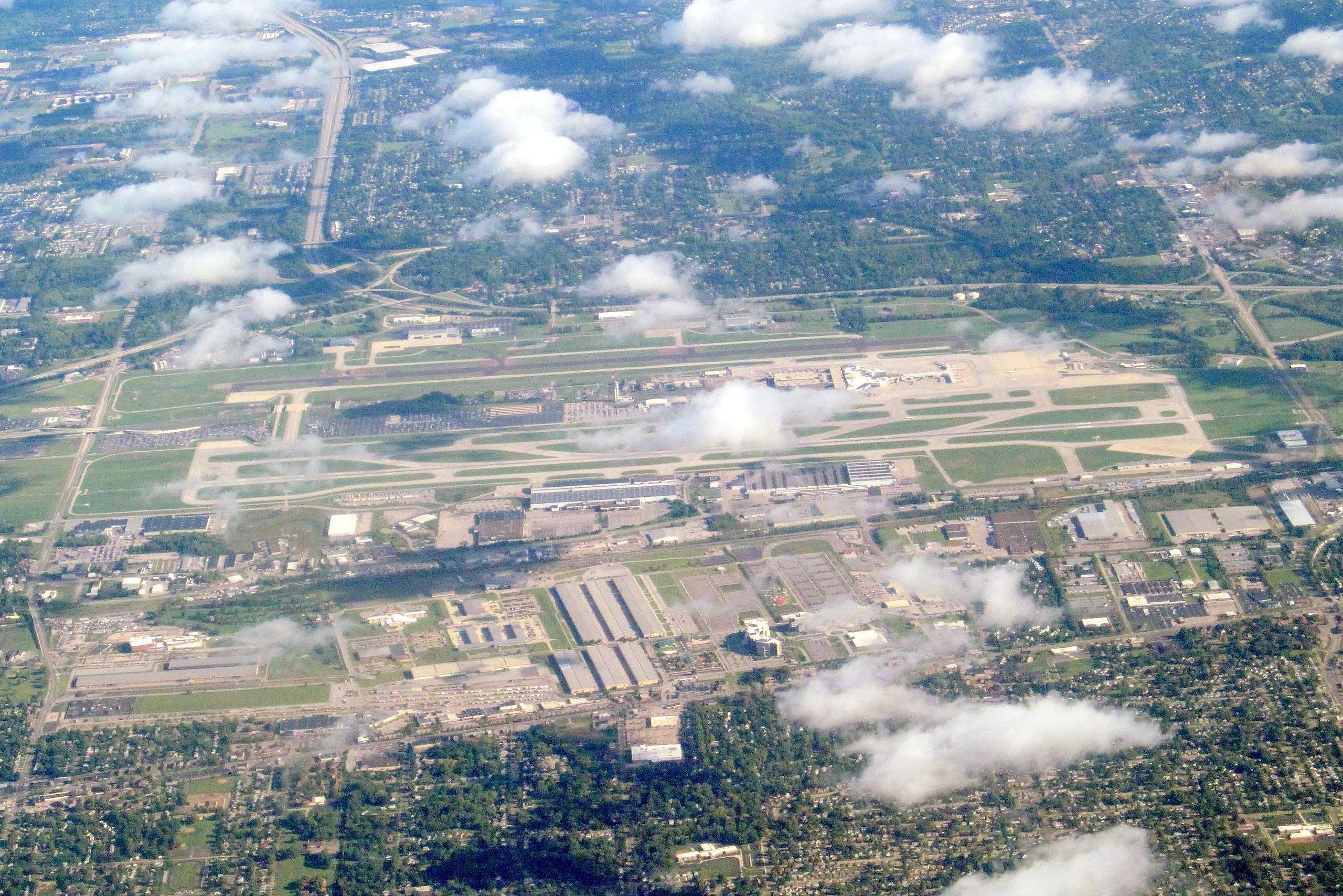John Glenn Columbus International Airport (CMH) boasts a rich history intertwined with the growth of Columbus, Ohio.
Originally a modest municipal facility, it has transformed into a vital transportation hub serving the state’s capital and beyond.
This article explores the airport’s evolution, from its humble beginnings to its present role as a key player in the region’s economic development.
Early Days: The Rise of Aviation (1929-1945)
The story of John Glenn Columbus International Airport begins in 1929, a time when commercial aviation was still in its infancy.
Recognizing the potential of air travel, the City of Columbus purchased a 400-acre plot of land east of downtown.
This land became the foundation for the Columbus Municipal Airport, a small facility with a single grass runway.
The early years were marked by slow, but steady growth. Passenger traffic remained limited, with flights primarily serving regional destinations.
However, the airport played a crucial role in the development of the airmail service, facilitating the transportation of mail across the country.
The onset of World War II significantly impacted the airport.
The federal government requisitioned a portion of the land to establish a military training facility, known as “Donnelly Field.”
This influx of military personnel and resources spurred the expansion of the airport’s infrastructure, including the construction of new runways and hangars.
This wartime development laid the groundwork for the airport’s future growth.
Post-War Boom: The Rise of Commercial Aviation (1946-1970s)
Following the war, air travel experienced a dramatic surge in popularity.
As commercial airlines began offering affordable fares and more convenient schedules, passenger traffic at Columbus Municipal Airport soared.
This surge in demand necessitated significant expansion.
In 1948, the City of Columbus partnered with the Civil Aeronautics Administration (CAA) to construct a new terminal building.

This larger facility, designed to handle a higher volume of passengers, marked a turning point for the airport.
The 1950s and 1960s witnessed another period of rapid growth.
Major airlines, such as American Airlines, Eastern Airlines, and TWA, established a presence at the airport, offering direct flights to major cities across the country.
The airport’s name was officially changed to Port Columbus International Airport in 1964 to reflect its growing role in international travel.
The airport’s expansion during this period wasn’t limited to passenger facilities.
Cargo operations also saw significant growth, with the development of dedicated cargo terminals and warehouses.
This positioned Port Columbus as a vital hub for the transportation of goods not only within the United States but also internationally.
The Jet Age and Beyond: Modernization and Challenges (1970s-Present)
The introduction of jet airliners in the 1960s ushered in a new era for aviation.
To accommodate these larger and faster aircraft, Port Columbus underwent further modernization efforts.
New runways were constructed, and the existing terminal was expanded.
However, the 1970s and 1980s also brought about challenges.

Deregulation of the airline industry led to increased competition, which sometimes resulted in reduced service and higher fares.
Additionally, concerns emerged regarding the airport’s capacity to handle future growth.
The Columbus Regional Airport Authority (CRAA) was established in 1988 to oversee the airport’s operations and plan for its future development.
Under the CRAA’s leadership, the airport witnessed a period of significant investment.
A new terminal was constructed in 1998, featuring modern amenities and improved passenger flow.
The early 2000s saw a renewed focus on cargo operations.
The expansion of Rickenbacker International Airport, located southeast of Columbus, allowed Port Columbus to focus primarily on passenger traffic.
This specialization further solidified John Glenn Columbus International Airport’s position as a major passenger hub in the region.
Honoring a Hero: The Name Change and Looking Ahead (2016-Present)
In 2016, Port Columbus International Airport was renamed John Glenn Columbus International Airport in honor of Ohio native and astronaut John Glenn.
This change not only paid tribute to a national hero but also reflected the airport’s aspirations for the future – to reach new heights and continue to connect people and places around the world.
Today, John Glenn Columbus International Airport is a major economic engine for the Columbus region.
It serves millions of passengers annually and supports over 30,000 jobs.
The airport continues to invest in its infrastructure and technology, ensuring it remains a vital transportation link for the 21st century.
Looking ahead, John Glenn Columbus International Airport faces new challenges, such as the need for sustainable practices and the ever-evolving needs of travelers.
However, its rich history and commitment to innovation position will enable a long-term success going into the future.

Click the banner to subscribe to our weekly newsleter.

Click the photo to join our WhatsApp channel so then you can stay up to date with everything going on in the aviation industry!















+ There are no comments
Add yours